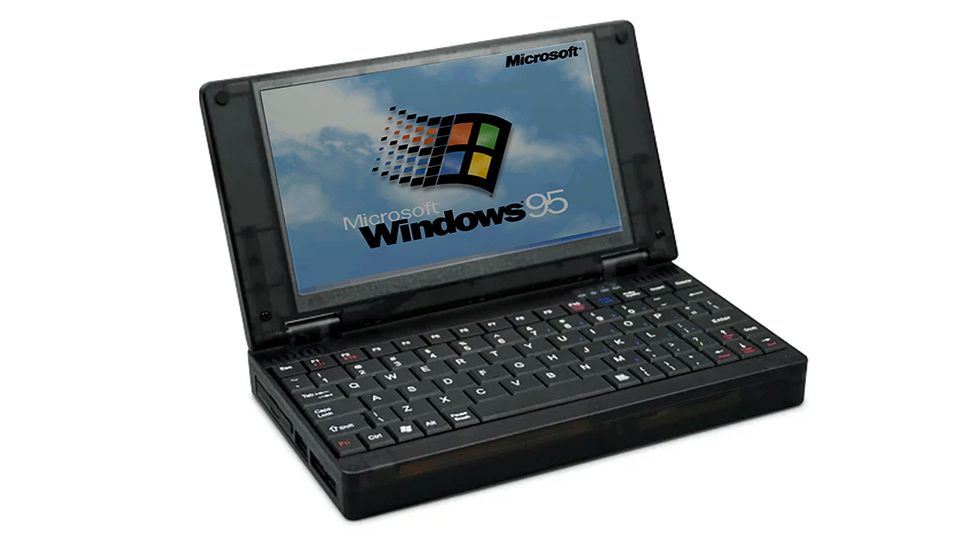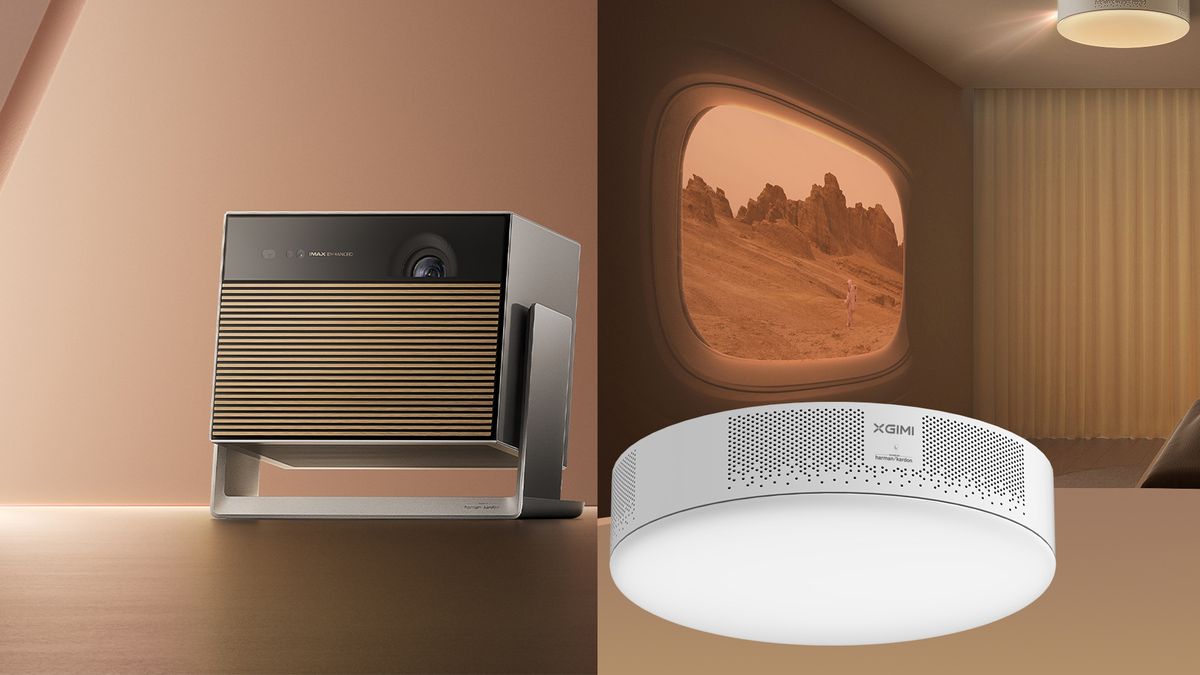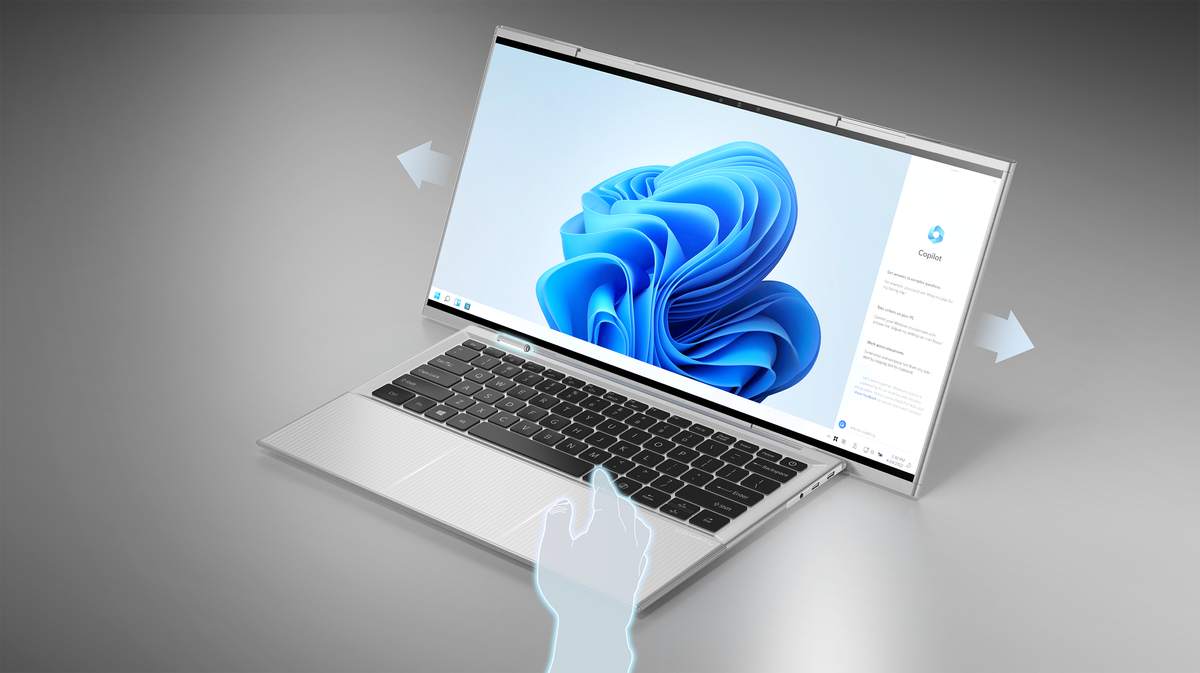PC gamers, it’s time to ring in the new year by finally retiring the old Windows operating system. Valve announced in an official blog post that Steam would no longer support Windows 7, 8, and 8.1 after January 1, 2024.
According to the official steam blog postAfter that date, current installations of the Steam Client on those operating systems mentioned will no longer receive any updates, including security updates. Steam will also not provide technical support or guarantee Steam functionality after that date.
According to the latest Steam Hardware Surveyonly about 0.89% of Steam users still have Windows 7, 8, and 8.1 installed, which is about the same number as those with Nvidia RTX 4090 graphics cards. Not an insignificant number considering there are 31 million users of Steam online, but it’s still a pretty small population, so dropping support makes sense on that front.
Valve recommended users update their operating system since “core Steam features rely on an integrated version of Google Chrome” and that “future versions of Steam will require Windows features and security updates that are only present in Windows 10 and superiors”. The post also cites the general security risks involved in keeping these operating systems installed without adequate security updates to address them. This is good advice considering that Microsoft ended support for Windows 7 in 2020 and Windows 8.1 in 2023.
End of Microsoft OS Support Could Mean Disaster
Windows 7, 8, and 8.1 aren’t the only ones that have received the boot from Microsoft, as the tech giant plans to end support for Windows 10 in 2025.
This not only leaves a significant number of users out of an unsupported operating system but, as analyst firm Canalys says, could cause an environmental disaster. This is because current laptops running Windows 10 do not meet the hardware requirements for Windows 11, meaning those laptops will most likely not be recycled. It is estimated that 240 million PCs become electronic waste.
Users will have the option to pay for long-term supportas happened with Windows 7 before, but that only extended the lifespan by three years and each year led to increasing costs for paying users.
It remains to be seen how Microsoft will handle this potential catastrophe, especially as in recent years the corporation appears to be becoming more proactive in terms of sustainable, easy-to-repair hardware, as well as other environmental issues.








